In the realm of social media, all roads lead to one destination: cracking the code of continuous partial attention dopamine hits. We learned this back in the days of Vine, before Twitter foolishly killed it. And I pointed my lens at the emerging trend back in 2016 when I highlighted Musical.ly for Mashable, just before it was snapped up by China's Bytedance for $1 billion and merged into what is now TikTok.
What isn't often mentioned is the fact that, after Twitter dropped the Vine ball back in 2017, Snapchat was left as the lone, most prominent purveyor of sticky, addictive multimedia mobile content. Users were enthralled, and the media loved Los Angeles-based Snapchat's rise among Silicon Valley's social media giants.
• Don't Miss: Why Facebook Forcing Instagram AR Filters into a Unified Platform Is Bad for Our Smartglasses Future
Everything was going fine…and then Snap founder Evan Spiegel turned down Mark Zuckerberg's $3 billion acquisition offer in 2013. Not long after, Facebook's immensely popular Instagram app soon became a copycat engine, churning out its own Snapchat-like features at every turn.
Even Snap's dedication to augmented reality has been diligently mirrored by Facebook and its subsidiary, Instagram. The most famous example is Instagram Stories, which Instagram co-founder Kevin Systrom openly admitted was a copy of Snapchat Stories.
The practice has been going on so long that it hardly ever gets mentioned anymore. In fact, when Twitter recently released its new Fleets feature, there's been little discussion of how the ephemerality of the feature was pioneered by Snapchat.
But while these feature wars were going in the West, Bytedance continued iterating on TikTok's features, including augmented reality, and now it has become clear that the real threat for global social media dominance is coming from China.
That's why the debut of Snapchat's new Spotlight feature is so important, and not so surprising. In a way, it represents a maturing of the company's approach to the competition. Rather than remain resolute in its mission to only roll out wholly original features, Snap has clearly realized that TikTok figured out a new social media dynamic that can't be ignored: an endless stream of bite-sized, meme-like snippets, often set to music, curated and front-facing in the app to keep you locked in as long as possible. Facebook's version, which is called Reels, was launched back in August.
Notably, the one thing the two American competitors seem to be ahead of the game on is engaging creators. Facebook/Instagram has its Spark AR Studio, and Snap has its Lens Studio. Both are tools that hope to make creating immersive AR filters and experiences as simple to use as launching Photoshop to build a 2D graphic image.
Lens Fest - Snap's Global AR Festival on Dec 8-10
Join top professionals from around the world to learn about Snap's growing AR ecosystem and how we're building the foundation of the AR Economy. Let's pioneer the future of AR together.
Register at https://t.co/Pnukbfpiks pic.twitter.com/DiYGjC5DcV
So now the table is set. TikTok, Instagram/Facebook, and now Snapchat all have super short video meme streams, all aided by AR and music, waiting for your attention to lock in, now it's just a matter of who does it better and figures out the next shift better than the others.
Big thanks to the folks at #SparkAR for the swag. The championship ring has got me feeling like LeBron. @MadeWithBrandXR is an official SparkAR partner!
Hit us up for any AR needs on Facebook/Instagram 🤙 pic.twitter.com/foCBDwIM9E
Of all the players involved, Snapchat is the only competitor whose core original innovation still functions as a central part of its feature DNA, and the only competitor leaning so hard into AR that it even has a rapidly evolving camera-based hardware component paired with the software.
Neither of these factors will guarantee success versus the others, but Snap's decision to bet about $1 million per day, divided among winning Spotlight creators, is an indication that the company understands just how crucial this new social media frontier is to the future of the entire space.
If I'm reading the social media tea leaves right, we'll soon see AR pop up on Twitter in some form, and Facebook will probably accelerate getting its own pair of camera-glasses-as-preparation-for-full-AR smartglasses (likely aided by Ray-Ban) to market faster than anyone anticipated. The next 12 months will indeed be pivotal to social media and mobile AR alike.
For now, what we know is that, while TikTok, even in the face of political challenges, threatened to take over social media, the game has once again changed, and a few West Coast companies are now firmly engaged in the battle on equal feature footing, fighting for your attention with AR as the eventual through-line to the future.
Just updated your iPhone? You'll find new features for Podcasts, News, Books, and TV, as well as important security improvements and fresh wallpapers. Find out what's new and changed on your iPhone with the iOS 17.5 update.
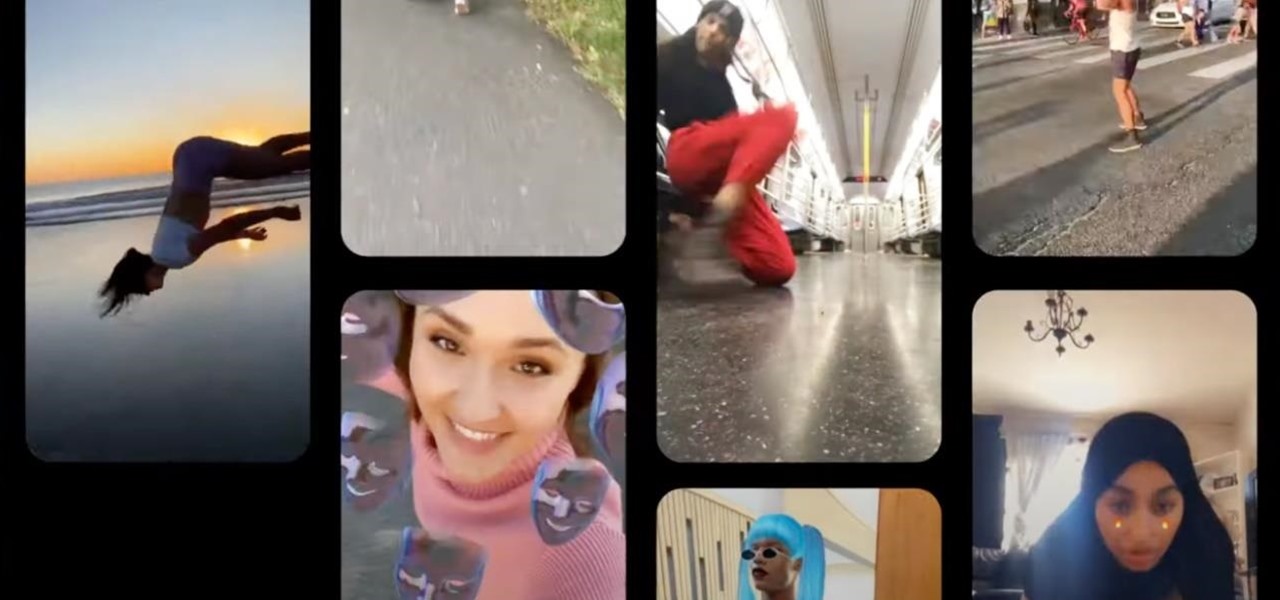



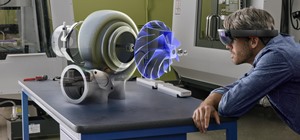


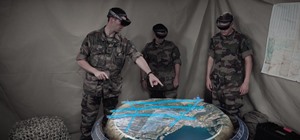
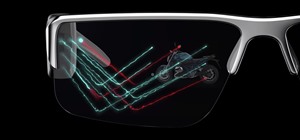

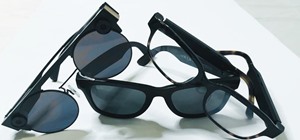




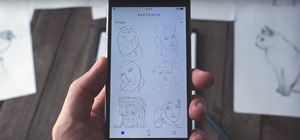
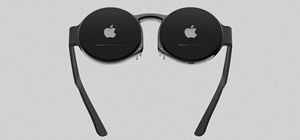





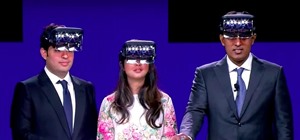

Be the First to Comment
Share Your Thoughts